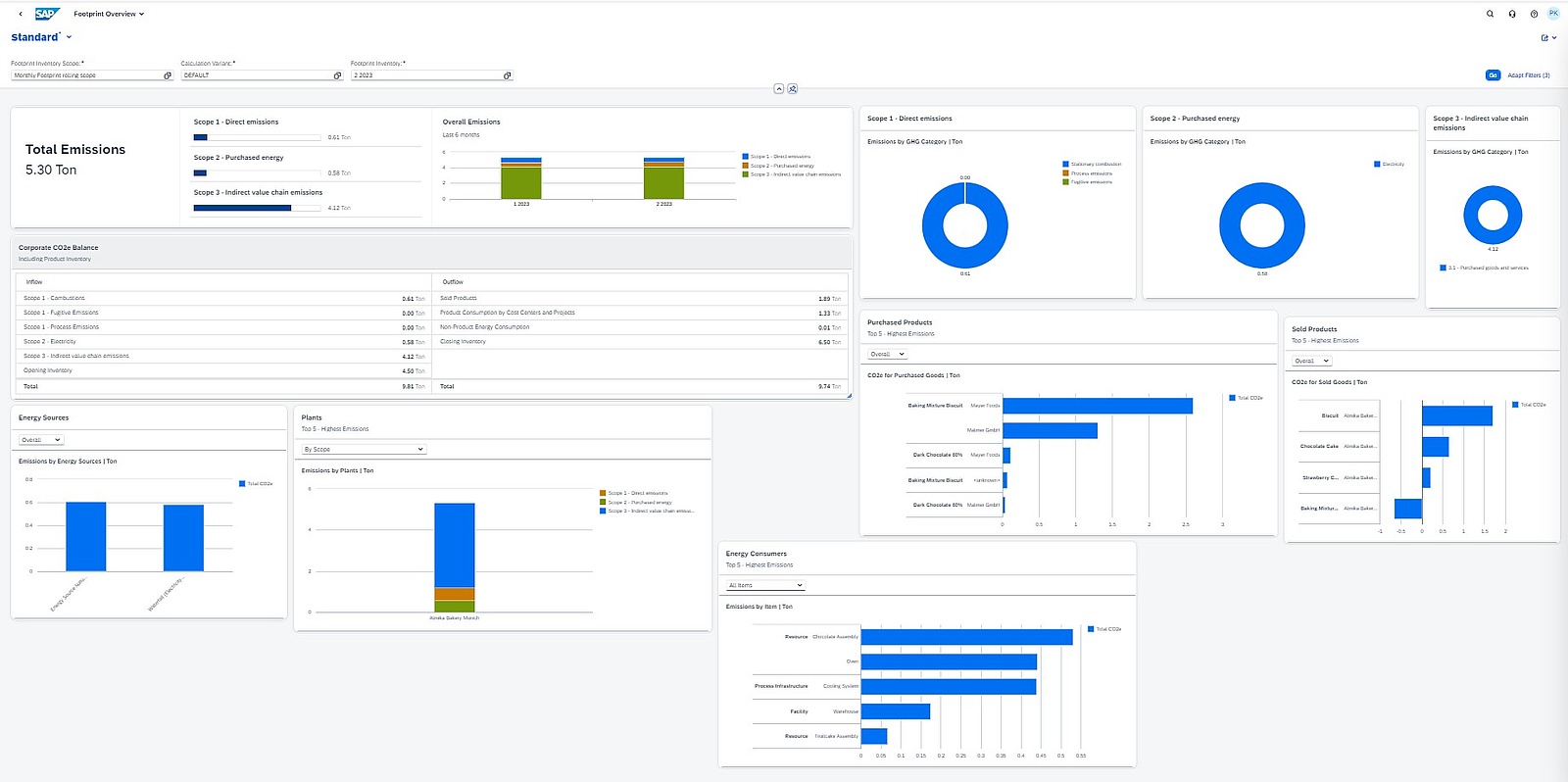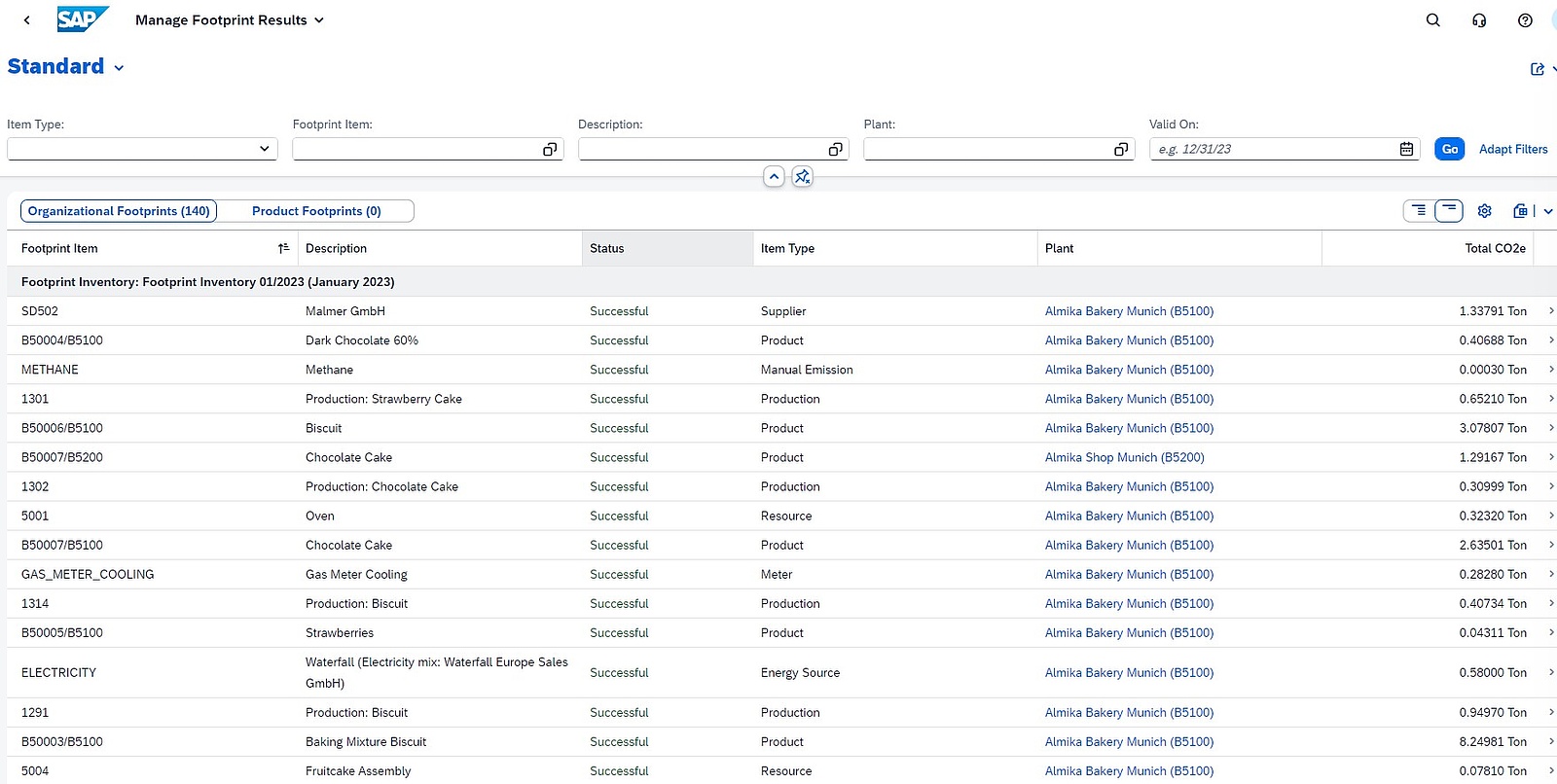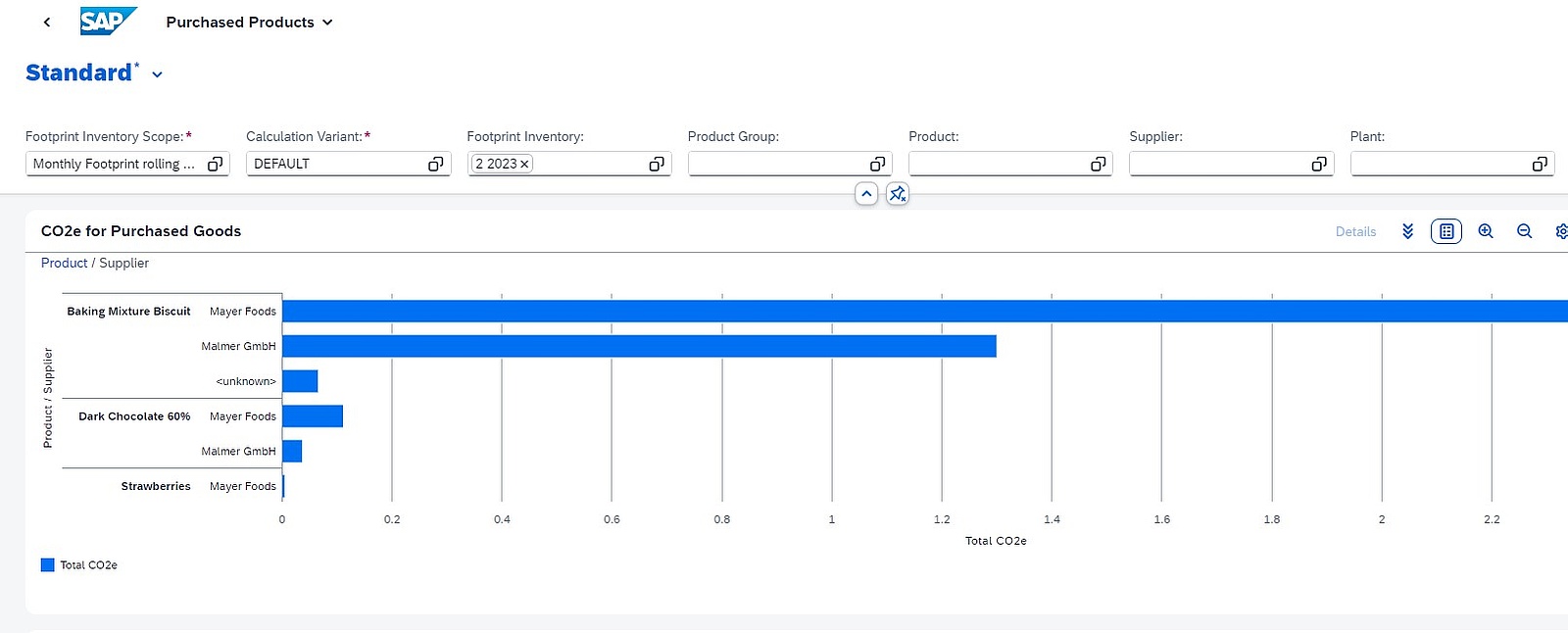SAP Green Ledger:
Carbon Accounting for Your Greenhouse Gas Emissions
The time has come: From 2024, the EU's new Corporate Sustainability Reporting Directive (CSRD) will tighten sustainability reporting obligations. Companies must therefore be able to determine and monitor their CO2 emissions more accurately. To satisfy these requirements, SAP Green Ledger provides innovative climate protection solutions to record emissions along the supply chain.
It is already very late in the day for companies to start implementing the CSRD. In future, it will no longer be enough for companies to conduct their carbon accounting via spreadsheets or semi-automated tools that use estimates and average values to determine their carbon footprint. In order to drive forward decarbonization of the economy and meet current climate targets, the new EU directive obliges companies to report their actual CO2 emissions from their business processes and supply chains – just like they report their financial transactions.
As a result, companies require a carbon accounting system that gives them access to accurate, detailed, comparable data. Green Ledger, a new offering from SAP, supports this process.
How Does SAP Green Ledger Benefit Companies in Terms of Sustainability and Resource Conservation?
SAP Green Ledger combines multiple capabilities and technologies to account for the greenhouse gas emissions associated with every business transaction. SAP Sustainability Footprint Management can be used to record and analyze the carbon footprint and other environmental data relating to products and suppliers. Recording this data allows companies to accurately calculate greenhouse gas emissions along the entire supply and value chain, and to do so at company, process and product level.



